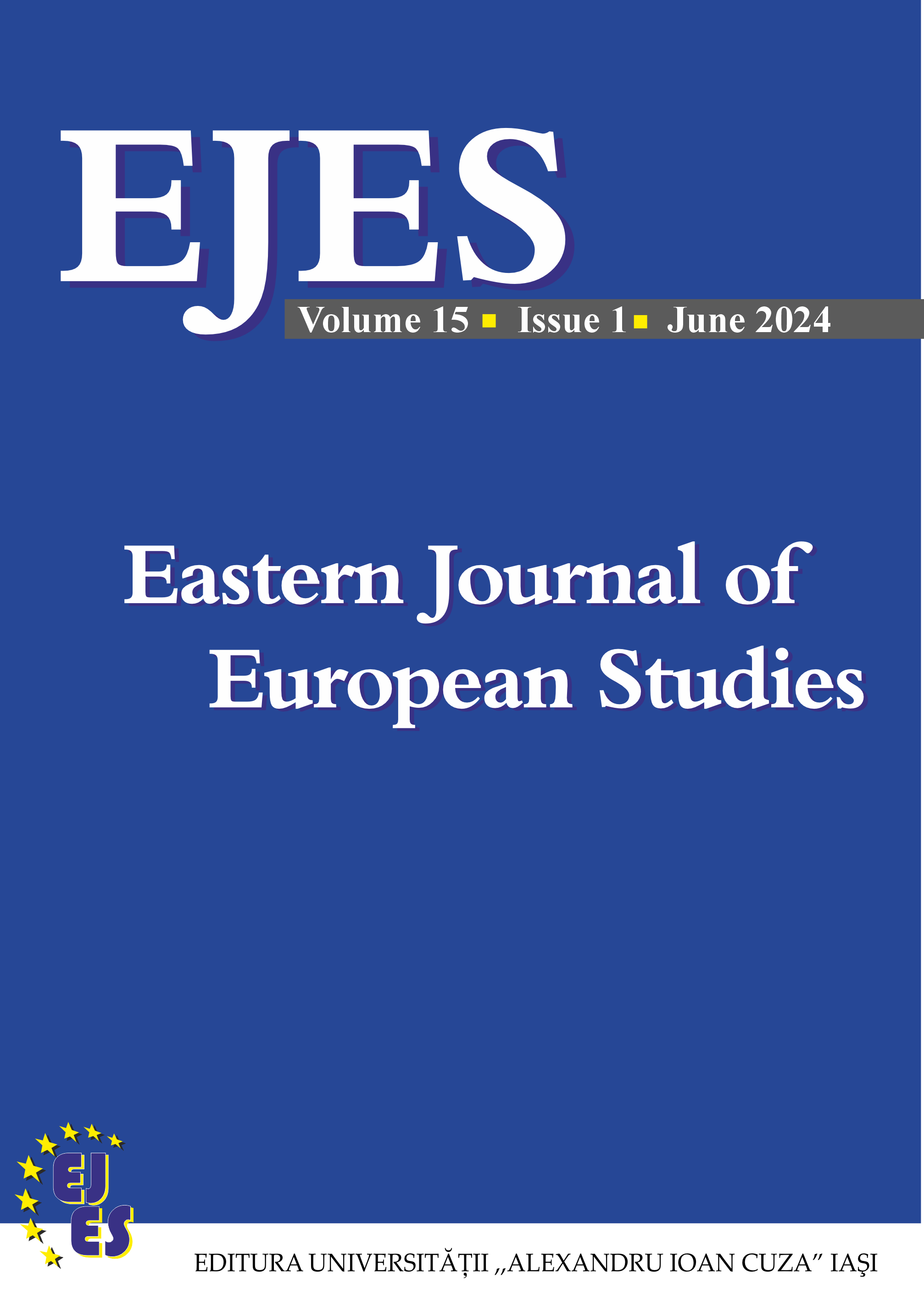Assessing the benefits of European integration: a comparative and algorithmic approach
Assessing the benefits of European integration: a comparative and algorithmic approach
Author(s): Sara Casagrande, Bruno DallagoSubject(s): Politics / Political Sciences, Politics, Economy, Supranational / Global Economy, EU-Accession / EU-DEvelopment, ICT Information and Communications Technologies
Published by: Editura Universităţii »Alexandru Ioan Cuza« din Iaşi
Keywords: algorithm; comparative economic studies; European integration; European Union; synthetic control method;
Summary/Abstract: This article investigates the economic consequences of EU membership for the countries that established the EU in 1992. The Synthetic Control method is used in the frame of an algorithmic methodology that aims to guide the choice of donor pool countries and predictors by testing different combinations. The algorithm allows to judge the appropriateness of the research design by computing a set of synthetic countries able to improve the performance of the benchmark case (i.e., a synthetic country computed using an initial large basket of donor pool units and predictors). According to the results, the algorithm has been able to improve the counterfactual scenarios' precision and robustness for all tested countries. It shows that the economic effect of the EU membership has significantly varied among countries. Results suggest that the European integration process has not prevented persistent divergence and heterogeneity of growth paths among member countries.
Journal: Eastern Journal of European Studies
- Issue Year: 15/2024
- Issue No: 1
- Page Range: 5-40
- Page Count: 36
- Language: English

